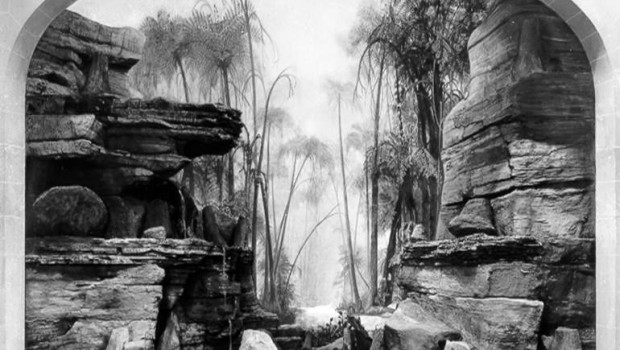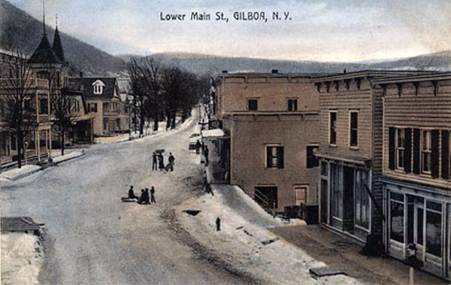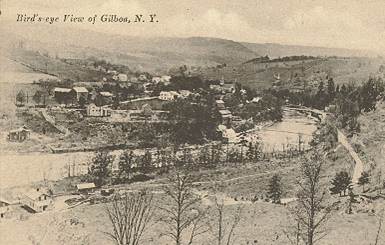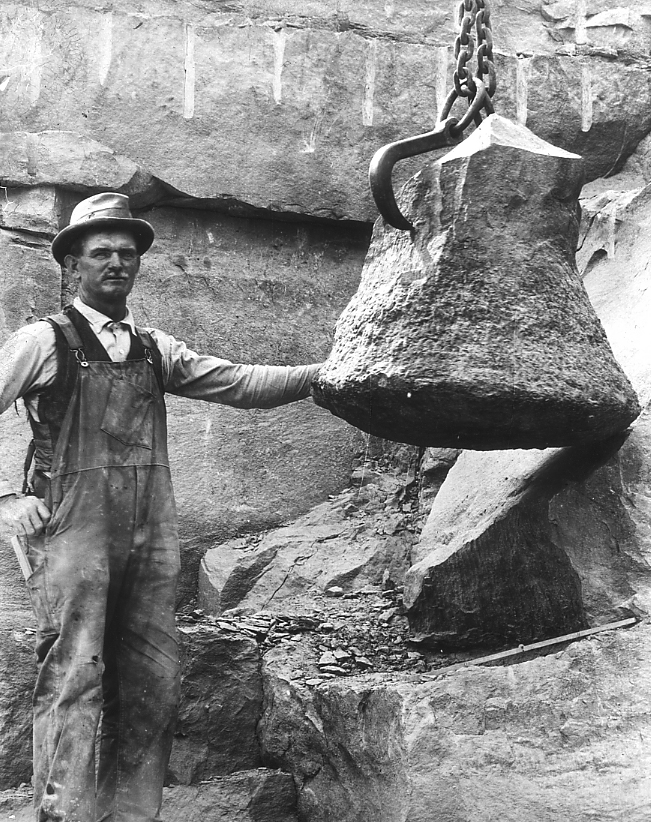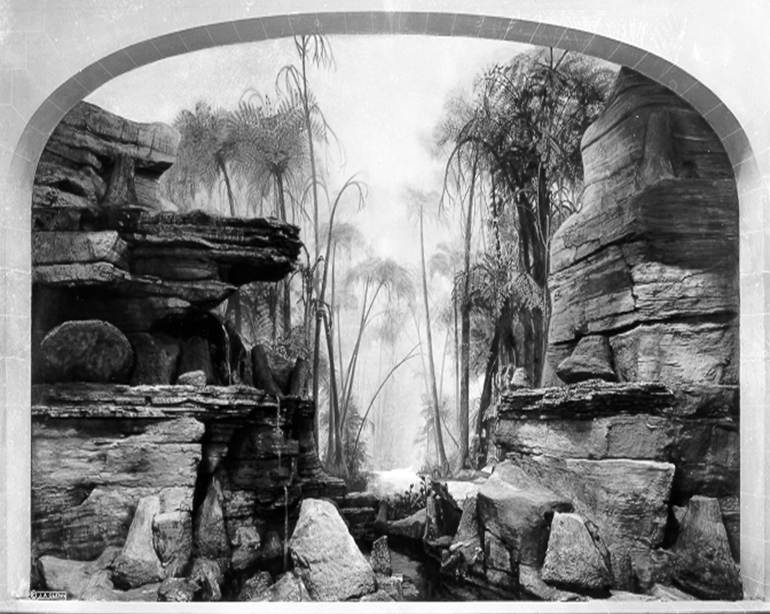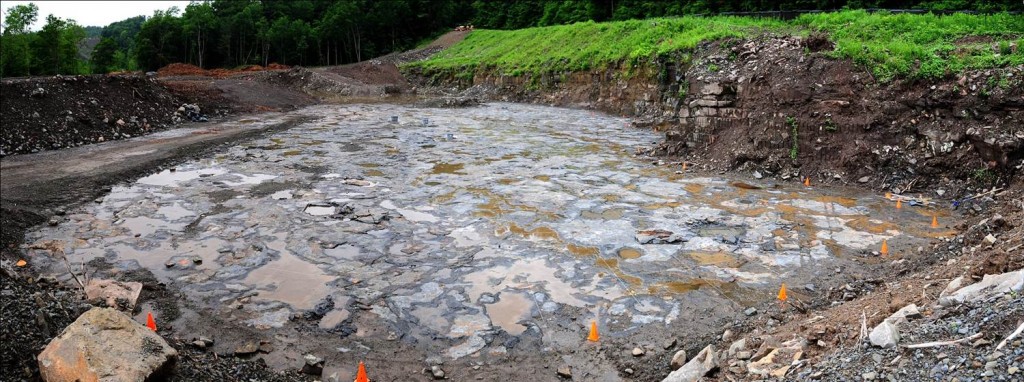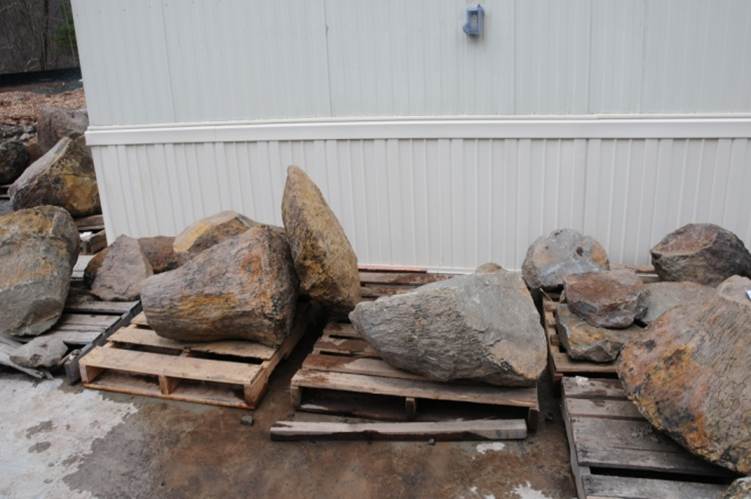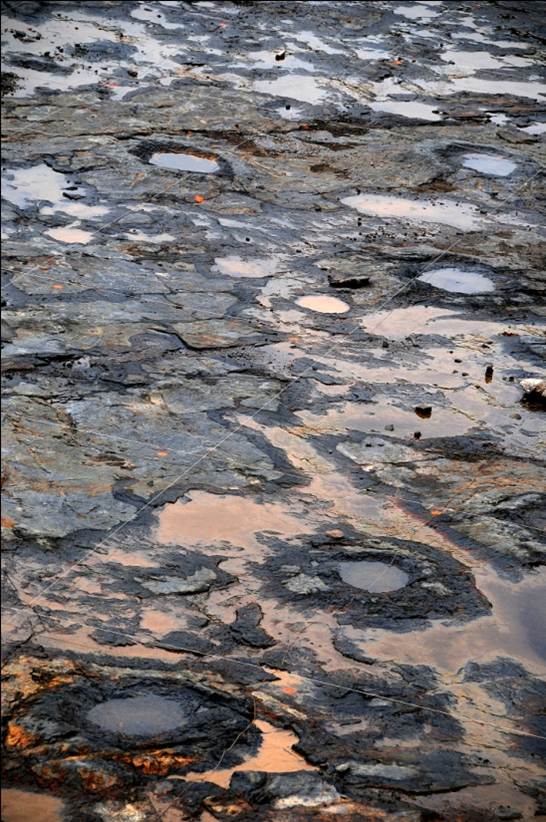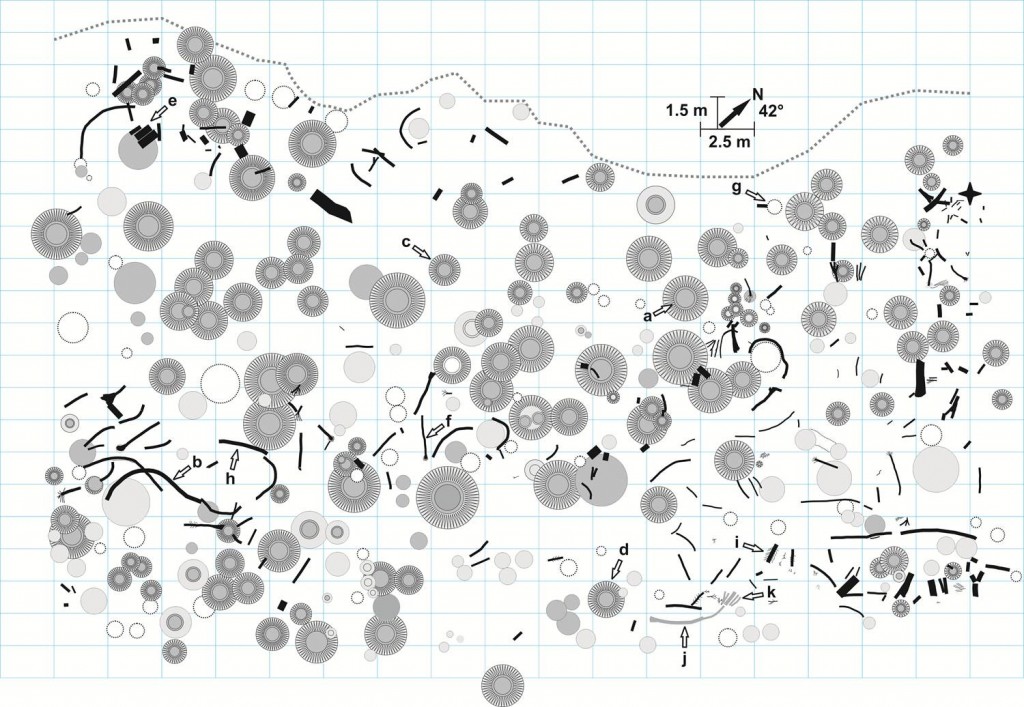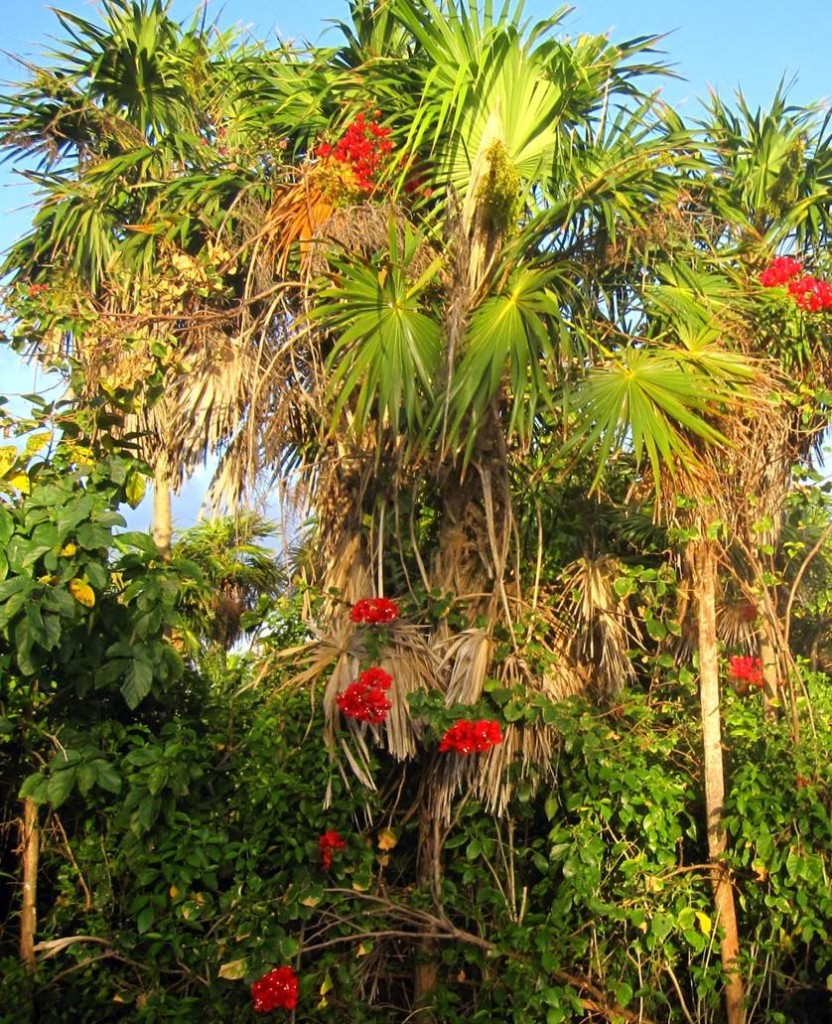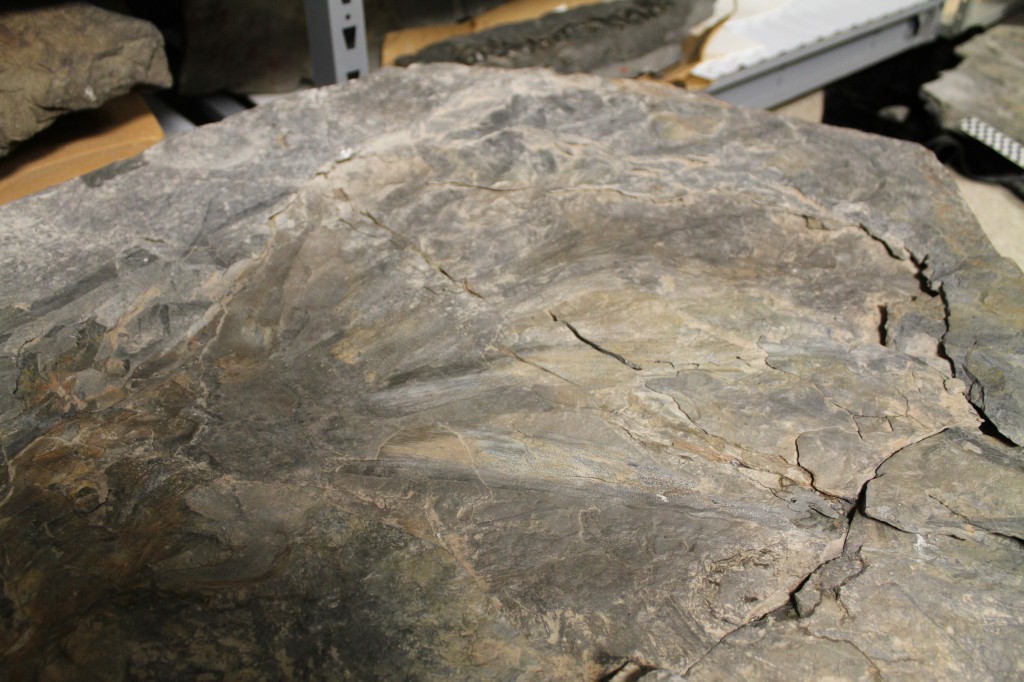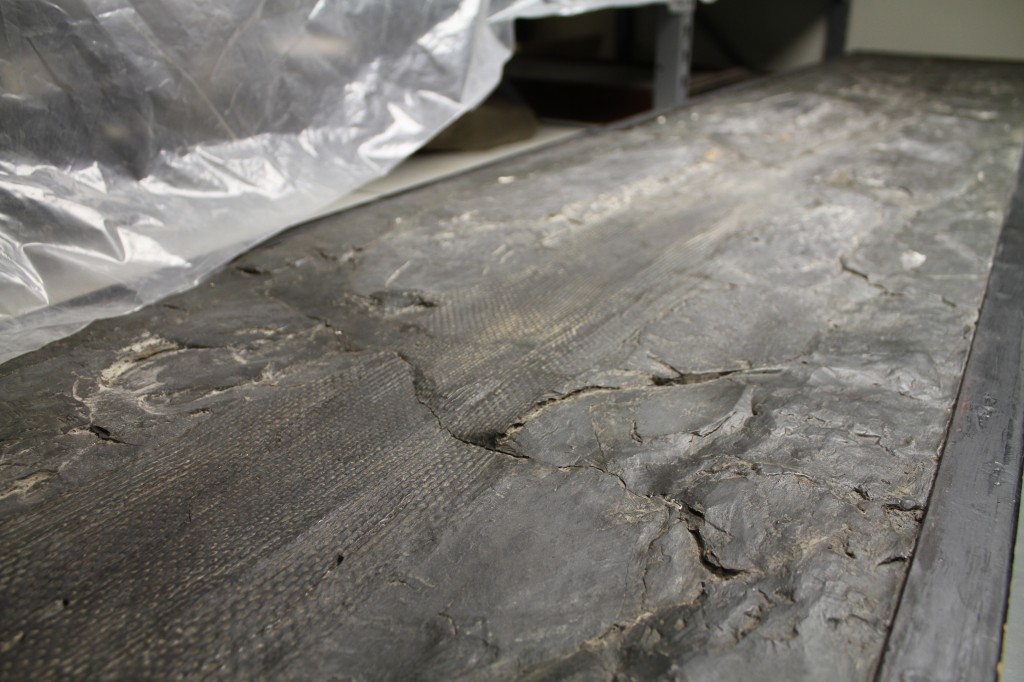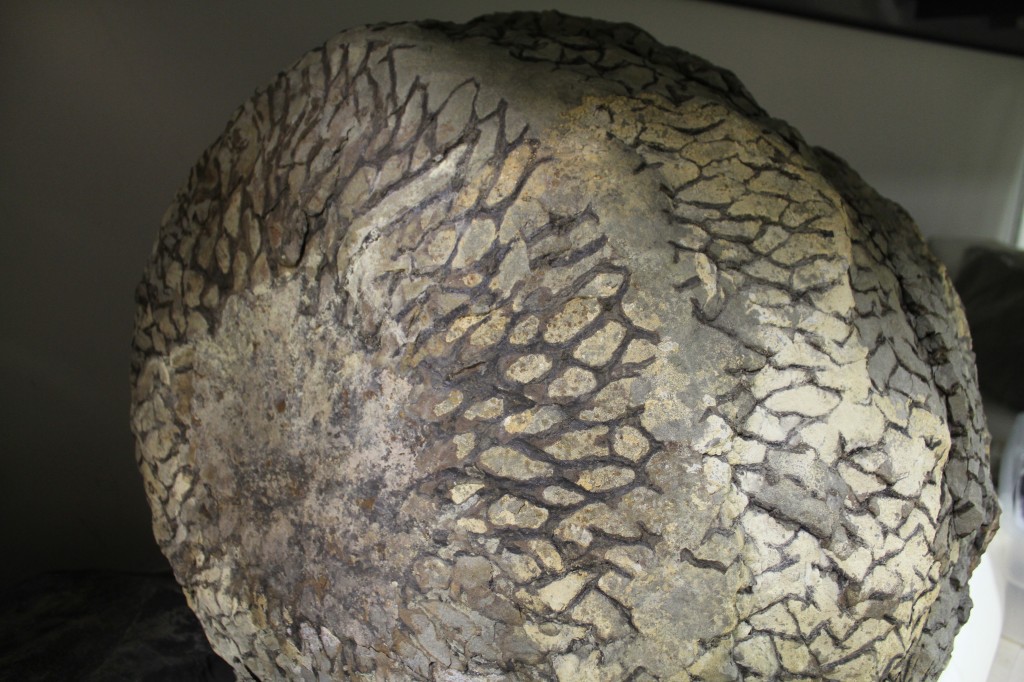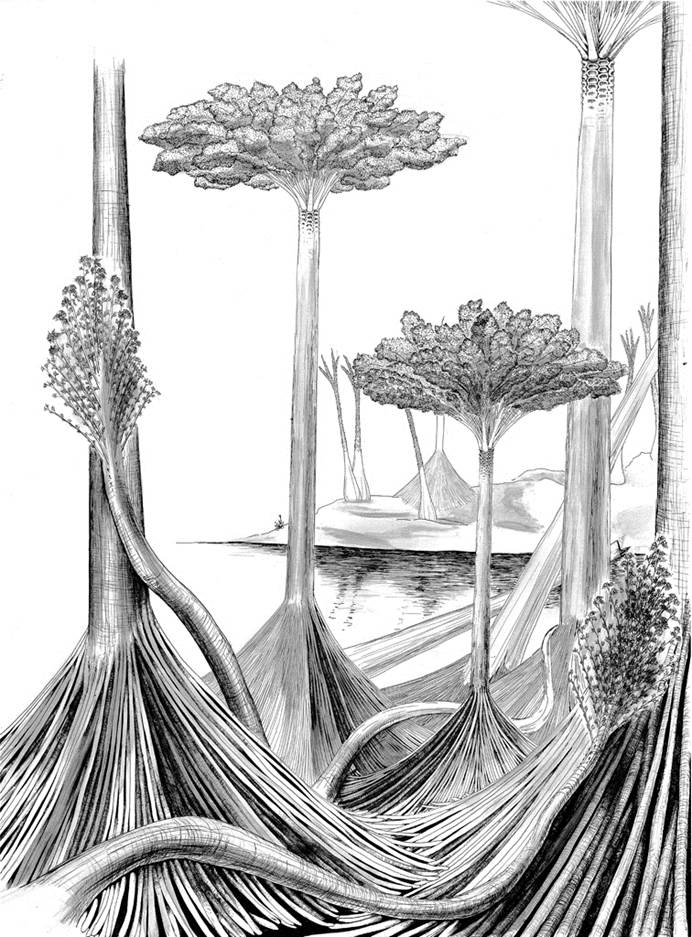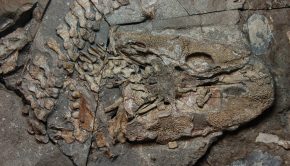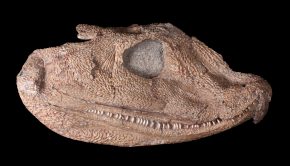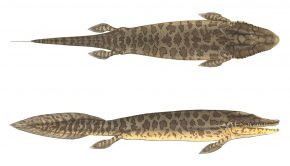Episode 4: The fossil forests of Gilboa
A few days after the interview in the Royal Ontario Museum with Dave Rudkin on Isotelus rex, the Palaeocast team headed south to the New York State Museum (NYSM), Albany, USA. Here we got a chance to visit one of the world’s most important palaeobotanical collections and were talked through the history and significance of the fossils at Gilboa by Professor William Stein of Binghamton University, who had recently published a paper on the forests in Nature.
Podcast: Download (Duration: 49:37 — 68.2MB)
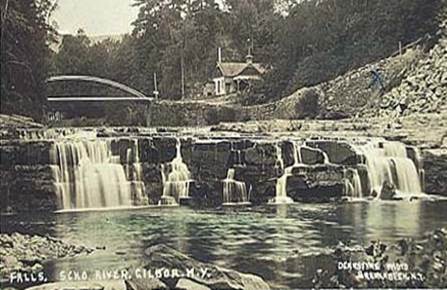
In 1869 a large flood, termed a ‘freshet’ scoured the river banks and exposed rocks, leading to the discovery of the first fossils
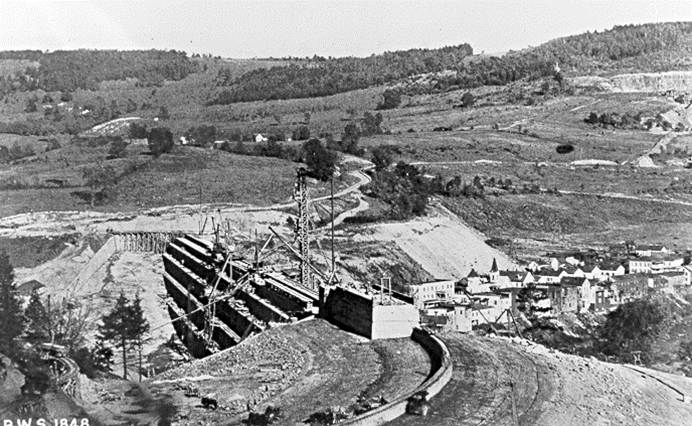
To meet the ever increasing water demands of New York the Schoharie River was dammed to formed what is now the Schoharie Reservoir. In 1924 the town was demolished and submerged
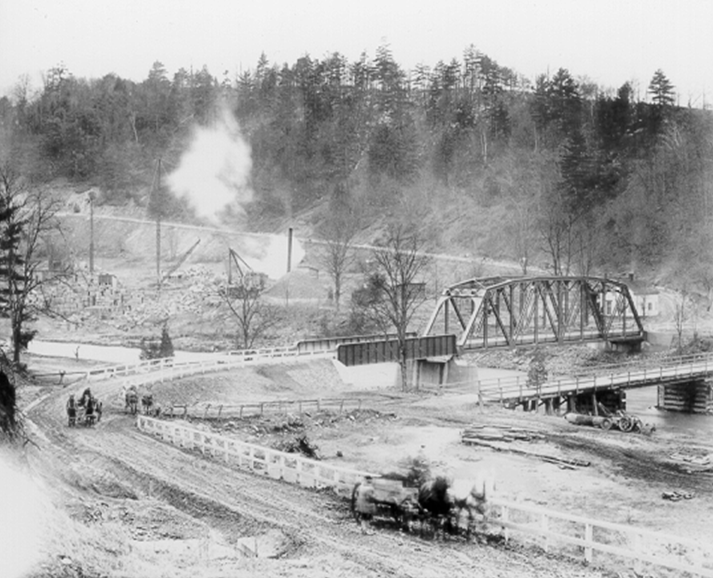
To provide raw materials for the dam, the rocks along the riverbank were quarried. This uncovered many more fossils which were collected by the NYSM
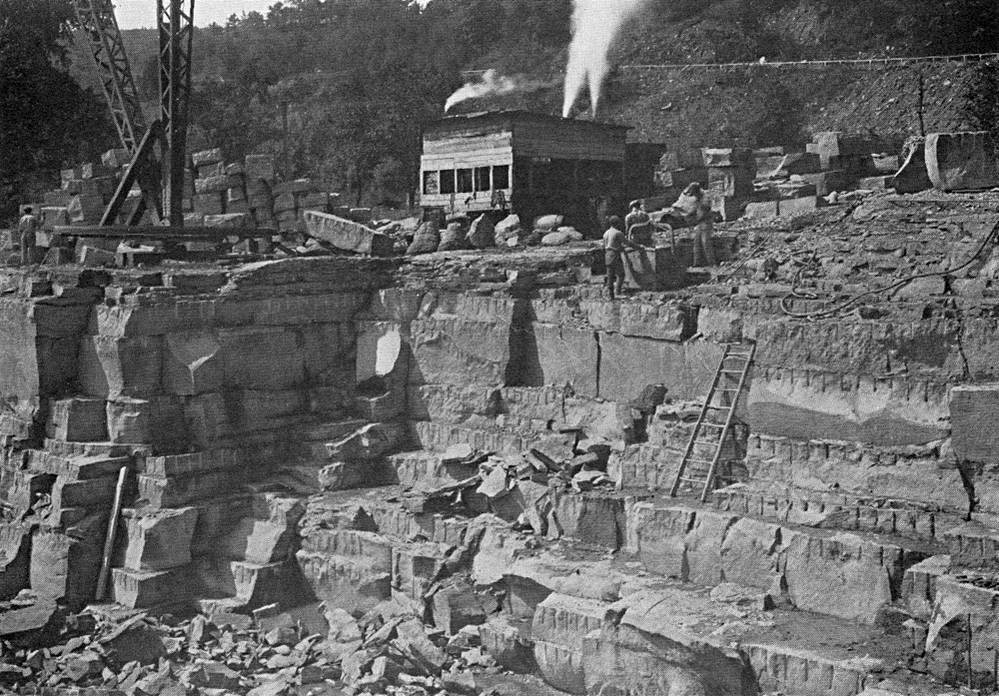
The rooting horizon is a dark grey sandy mudstone clearly belonging to a
wetland coastal plain environment. This is overlain by large beds of fine sandstone dated at approximately 400 million years old
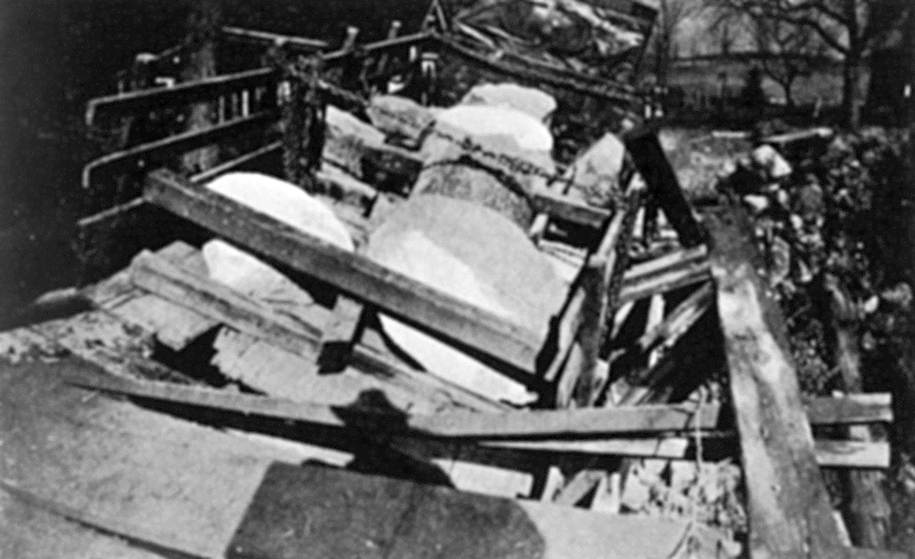
There were a few “paleontological difficulties” when one of the trucks was too heavily laden with fossils and collapsed the bridge over Breakabeen Creek

The fossils had always attracted a lot of interest, but it was Winifred Goldring who’s work really stood out
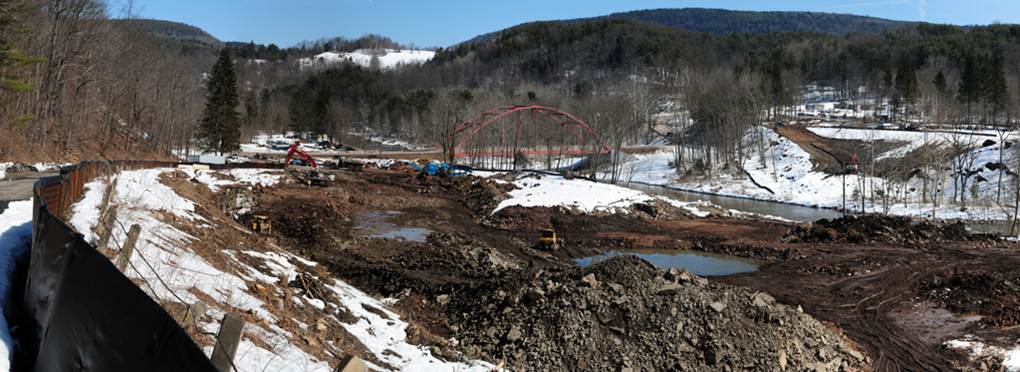
In 2010 Prof. Stein’s team got the opportunity the re-exhume the fossil bearing rocks alongside the Schoharie River
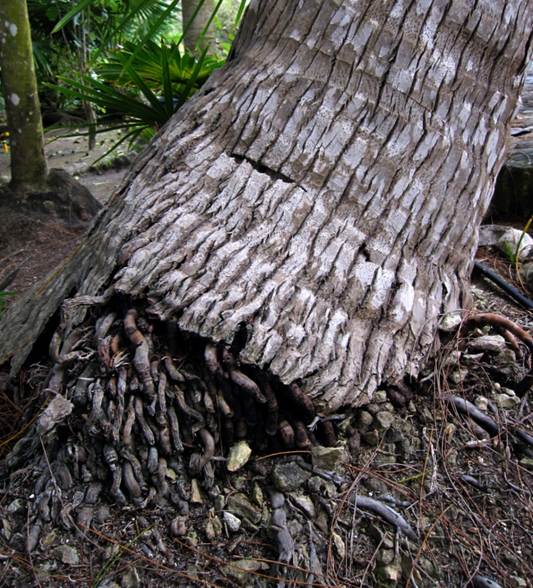
Palm tree roots have a fibrous, non-woody, light-weight construction with a narrow mantle of hollow roots and continuous root initiation, providing accommodation for increasing height
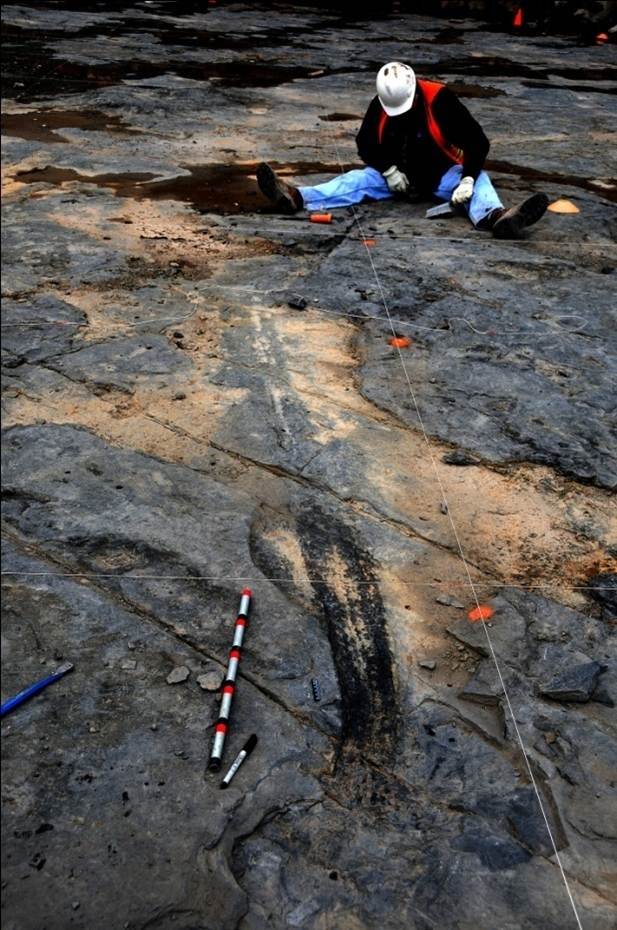
A surprise was a horizontally growing tree that ‘crept’ along the forest floor, with roots along the length of its trunk
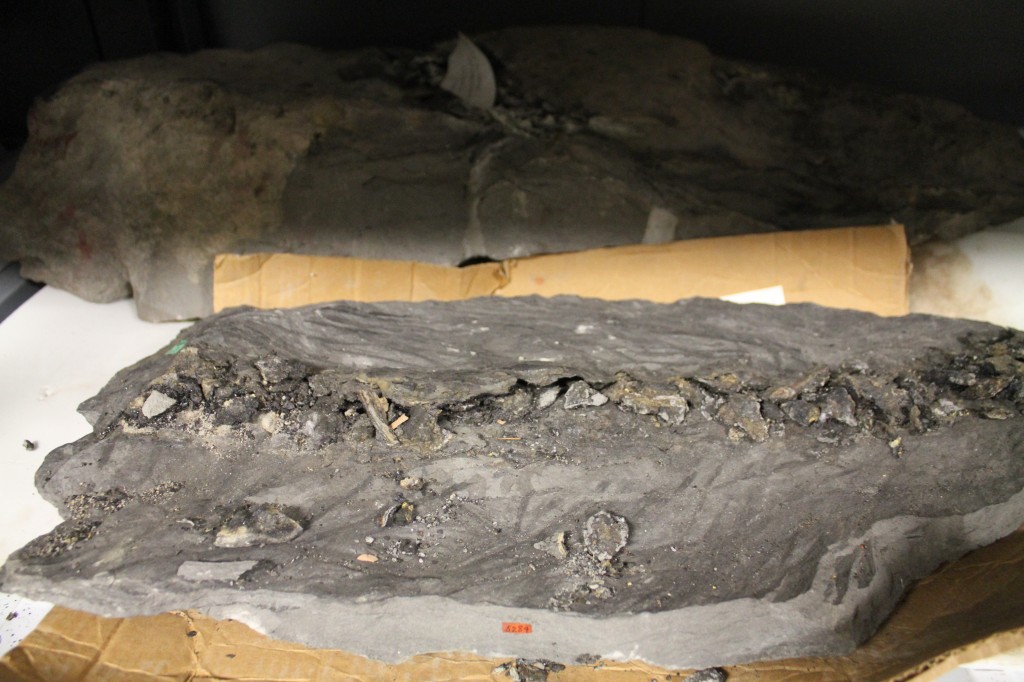
The roots on the aneurophytaleans did not cover the entire length of the trunk, suggesting that these trees were ‘ascenders’, climbing up other trees. They even showed ‘avoidance’ behavior, growing around other trees whilst on the forest floor
Images courtesy of Prof. Stein
The following video was taken by Dr. Chris Berry of Cardiff University who was part of the 2010 research team. His video shows details of how the forest floor was exposed and the methods of how they went around mapping such a large area.

